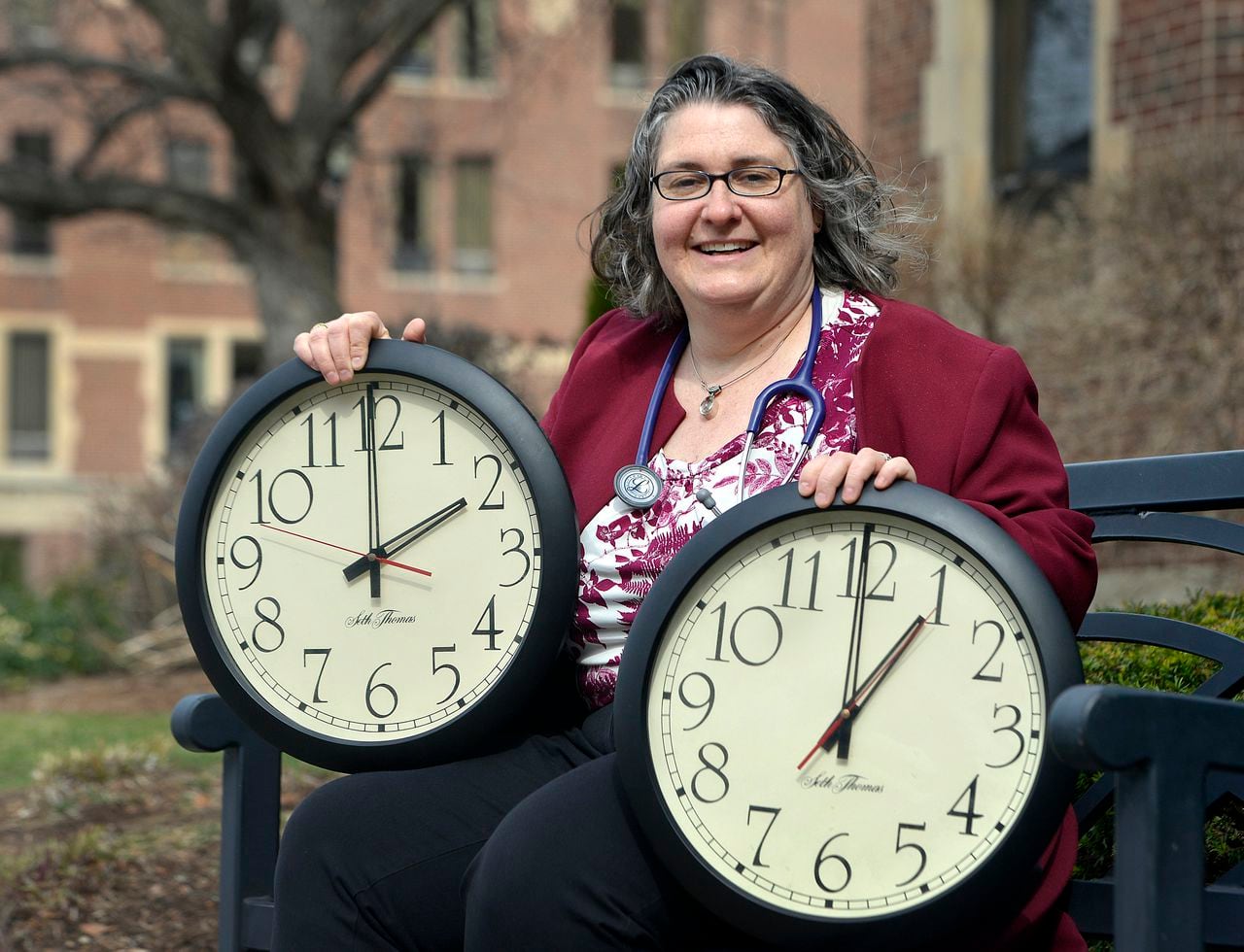
The days are indeed getting longer as the start of winter is behind us, though the switch back to the longer evenings of daylight saving time are still a ways off.
People in most of the United States will turn their clocks forward one hour as they “spring ahead,” to compensate for turning the clocks back an hour in the fall, the “fall back.”
Daylight saving time, also referred to as daylight savings, will begin at 2 a.m. on Sunday, March 10.
Those longer evenings will last until daylight saving time ends later in the year, on Sunday, Nov. 3, at 2 a.m.
Daylight saving time begins the second Sunday in March and continues through the first Sunday in November.
A CBS News poll of 1,612 adults indicated that most Americans don’t like changing the clocks. Of those sampled, 46% said they preferred daylight saving time all year round, 33% wanted standard time all year round and 21% preferred the current system of switching back and forth.
Among those hoping for year-round standard time is Baystate Medical Center sleep medicine doctor Karin Johnson. She said her research completed with colleagues on sleep cycles shows that permanent standard time can improve brain functionality, mood, focus, and help reduce car crashes and the risk of developing long-term health conditions.
“Timezones were designed to have the sun as close to being overhead at noon as possible,” Dr. Johnson said in 2022. “Daylight savings time shifts the clock an hour so we get later sunrises and sunsets. But unfortunately, our bodies don’t go by the clock time, they go by the sun time.”
A Baystate Medical Center spokesperson at the time clarified in a statement that the medical center does not promote Johnson’s views.
“Dr Johnson’s comments were not a reflection of Baystate Health but her own personal position on the subject as a physician and involvement with the organization promoting it,” the statement read.
On the other side of the spectrum, U.S. Sen. Marco Rubio reintroduced the Sunshine Protection Act both in 2022 and 2023 to create permanent daylight saving time.
“This ritual of changing time twice a year is stupid,” Rubio said in a statement on his website. “Locking the clock has overwhelming bipartisan and popular support. This Congress, I hope that we can finally get this done.”
The Senate passed the bill in 2022, but it wasn’t passed in the U.S. House. There was no action taken last year.
Standard time spans for just over four months of the year, with daylight saving time making up the remaining eight, but it used to be closer to a 50-50 split.
That changed with the Energy Policy Act of 2005. A provision in that law authored by U.S. Sen. Edward Markey, D-Mass., then a U.S. Representative, enacted the extension of daylight saving time.
Markey partnered with U.S. Rep. Fred Upton, R-Mich., to write the provision, which amended the Uniform Time Act of 1996 to increase daylight saving time and reduce standard time.
The new dates for clock changes first took place in 2007.
Markey later reported that the change in time led to about a half billion dollars in electricity savings and a reduction in 2.9 million barrels of oil as people shut the lights off earlier.
However, a U.S. Department of Energy report that came out in October of 2008 threw cold water on the notion of energy savings, stating that extended daylight saving time reduced electricity by only 0.03% over the course of the year.
Two states, Hawaii and Arizona, still don’t have to worry about changing the clocks. Both states opted out of using daylight saving time — Hawaii in 1967 and Arizona in 1968.





